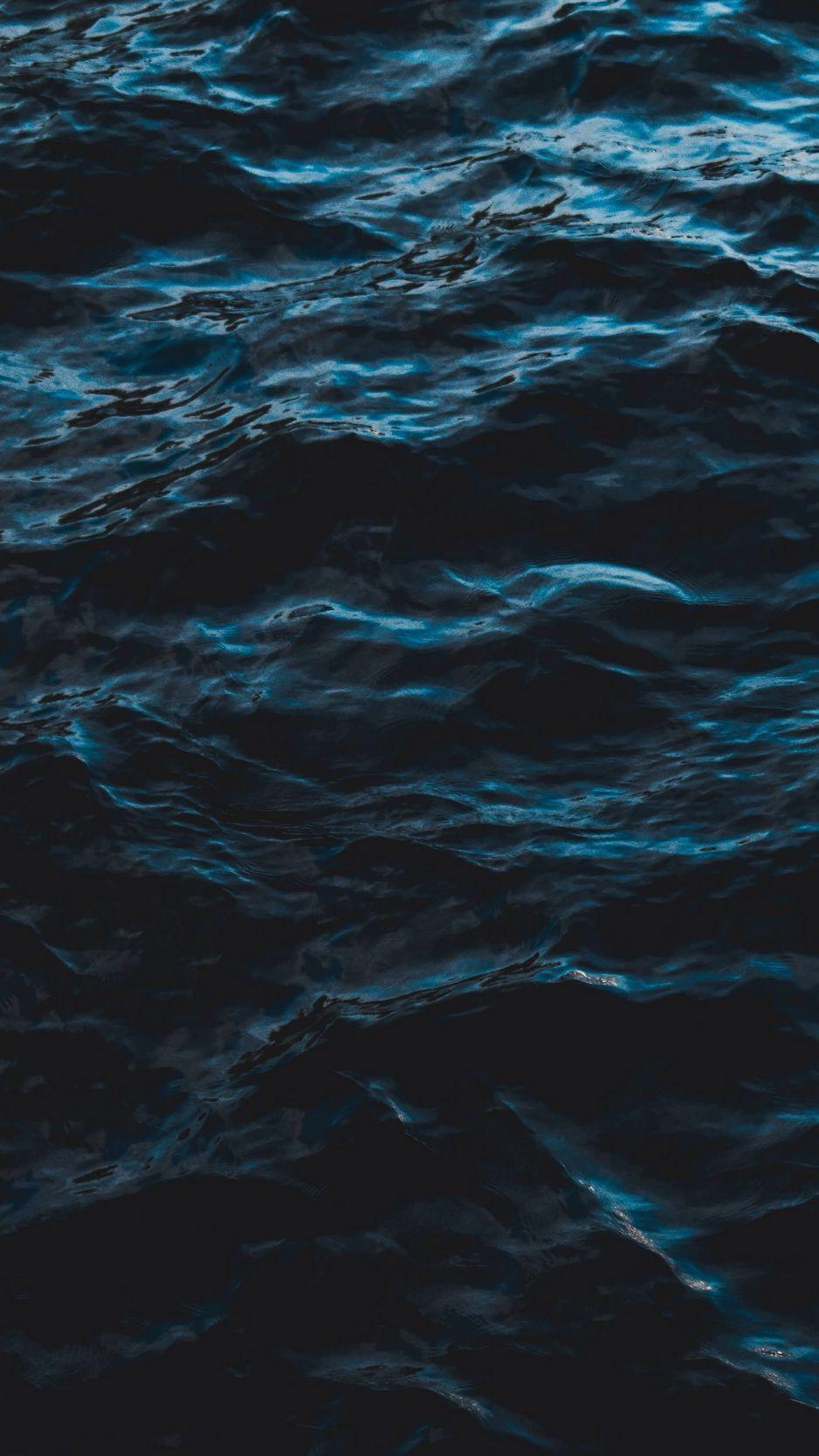

One of a new generation of sidewheel steamers, the Central America departed New York Harbor on the twentieth of each month, bound for Aspinwall, Panama, where she traded five hundred New York passengers bound for San Francisco for five hundred California passengers returning east. Between the paddle wheels, the funnel rose thick and black above all save the masts.

DARK BLUE SEA FULL
Spiderwebs of shrouds and stays held her masts taut, and in moments she could sprout full sail, but she rippled with real muscle amidships: two enormous steam engines with pistons that traveled ten feet on each downstroke and turned paddle wheels three stories high. Along her lower wale, a red stripe ran nearly three hundred feet stem to stern, and three masts the height and thickness of majestic trees rose from her decks.

She was sleek and black, her decks scrubbed smooth with holystones, her deckhouses glistening with the yellowed patina of old varnish. Then the first glimmer outlined El Morro, and slowly dawn touched the green hills of Cuba, following them down to the sea, as the flag of Spain brightened to crimson and gold, and the Central America emerged from the darkness as the biggest ship in the harbor. On top, the flag of Spain awaited the first light of day as it had ever since Columbus celebrated mass on the island three and a half centuries earlier. High above the ships, at the mouth of the harbor, a massive brown escarpment called El Morro swept upward out of the sea. In these predawn hours, her five hundred passengers slept with the ship motionless for the first time since departing Panama four days earlier. In the darkness, the SS Central America lay wrapped in the moist tropical air, her engines silent, her decks dimly lit and trod only by the night watch. The gas lamps of Havana cast erratic ribbons of light out across the harbor, zigzagging among the dark silhouettes of more than a hundred ships at anchor. It is also a great American adventure story of the opening of Earth’s last frontier. Ship of Gold in the Deep Blue Sea is a testament to the human will to triumph over adversity. Gary Kinder tells an extraordinary tale of history, human drama, heroic rescue, scientific ingenuity, and individual courage. Life magazine called it “the greatest treasure ever found.”
DARK BLUE SEA PLUS
After years of intensive efforts, Tommy Thompson and the Columbus-America Discovery Group found the Central America in eight thousand feet of water, and in October 1989 they sailed into Norfolk with her recovered treasure: gold coins, bars, nuggets, and dust, plus steamer trunks filled with period clothes, newspapers, books, journals, and even an intact cigar sealed under water for 130 years. The SS Central America became the target of his project. Navy, had been able to do: establish a working presence on the deep ocean floor and open it to science, archaeology, history, medicine, and recovery. In the 1980s, a young engineer from Ohio set out to do what no one, not even the U.S. It was the worst peacetime disaster at sea in American history, a tragedy that remained lost in legend for over a century. Over four hundred lives and twenty-one tons of California gold were lost. Originally published in 1998 and a best seller in its hardcover and paperback publications, Gary Kinder’s Ship of Gold in the Deep Blue Sea tells the story of the sinking of the SS Central America, a side-wheel steamer carrying nearly six hundred passengers returning from the California Gold Rush, two hundred miles off the Carolina coast in September 1857.


 0 kommentar(er)
0 kommentar(er)
